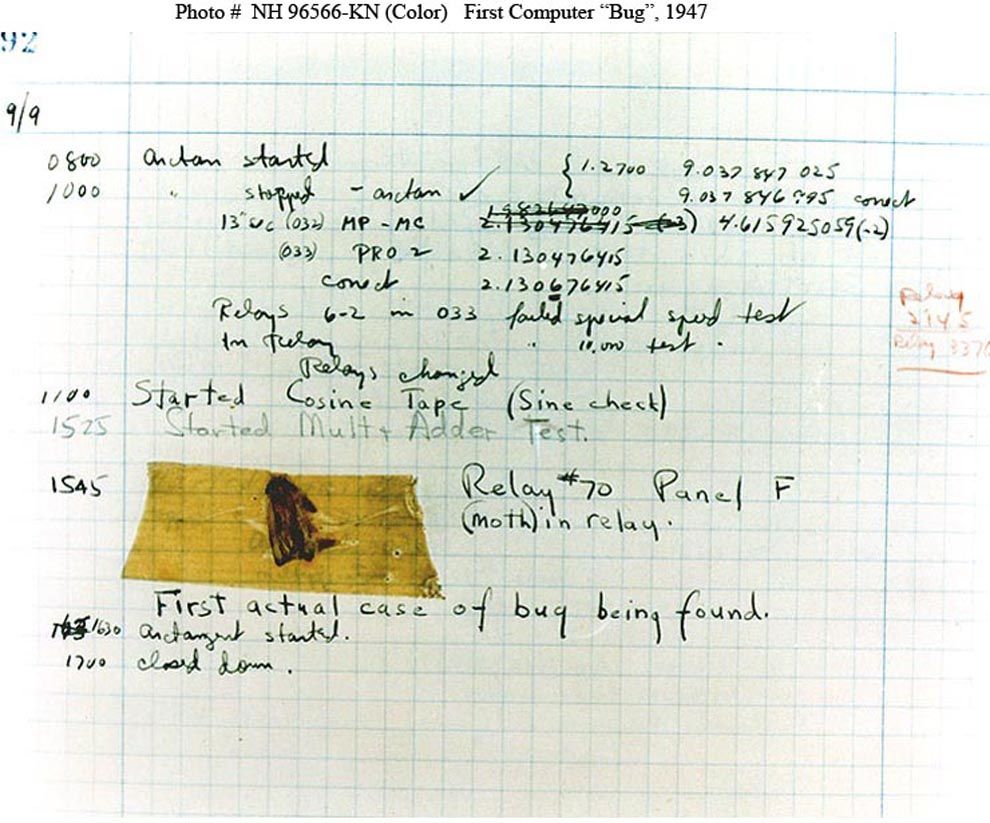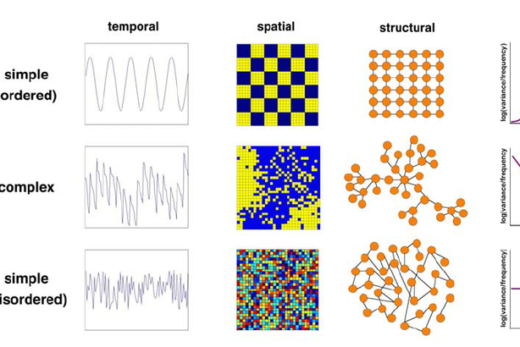
When we talk about bugs in computer systems, we usually refer to errors or flaws in the software that cause the system to malfunction. But did you know that the term “bug” actually originated from a physical insect that once caused a computer to fail? This incident occurred in 1947 and involved a computer known as the Mark II, as well as a remarkable woman named Grace Hopper.
Grace Hopper was a computer scientist and mathematician who worked on some of the earliest computer systems in the United States. In 1947, she was assigned to work on the Mark II computer, which was one of the most advanced machines of its time. The Mark II was a massive machine, weighing over 27 tons and taking up an entire room. It used vacuum tubes to perform calculations and was capable of performing 5,000 additions or subtractions per second.
One day, Hopper and her team were working on the Mark II when they discovered that one of the circuits was not working correctly. After some investigation, they found the culprit: a moth had become trapped in one of the machine’s relays, causing it to malfunction. Hopper documented the incident by taping the moth to a logbook page and writing “First actual case of bug being found” next to it. This incident is often cited as the origin of the term “bug” to describe computer errors.
While the incident with the moth was not a significant problem for the Mark II, it did highlight the importance of debugging and the need to test and inspect computer systems thoroughly. In later years, Hopper would become one of the pioneers of modern programming languages, and her work would have a significant impact on the development of computer science.
Today, we take for granted the idea that computers can have bugs, and we rely on sophisticated tools and techniques to detect and fix them. But the story of the first computer bug reminds us that even the most advanced technology can be susceptible to unexpected errors, and it highlights the importance of careful testing and debugging in software development.
In conclusion, the story of Grace Hopper and the first computer bug is a fascinating example of how the history of technology can be shaped by chance events and human ingenuity. It is a reminder of the importance of perseverance, curiosity, and attention to detail in solving complex problems, and it shows us that even the most groundbreaking inventions can have humble beginnings.









